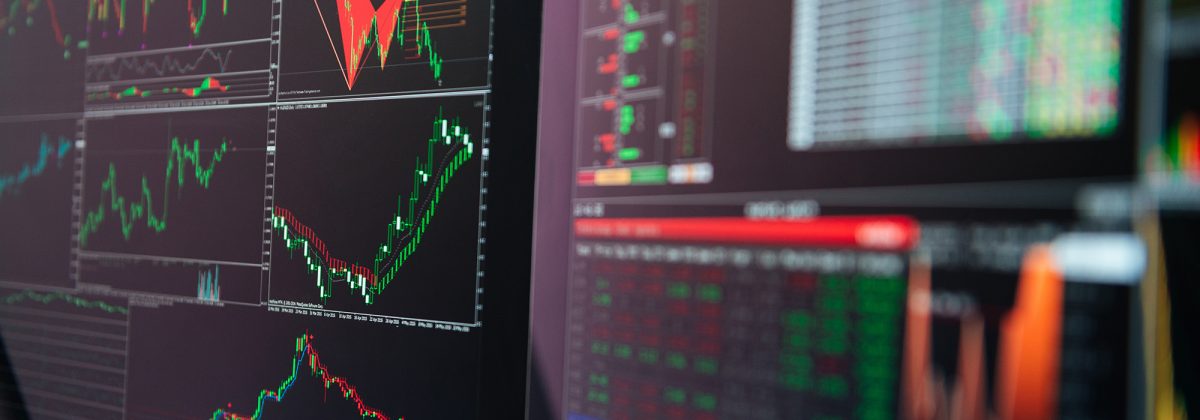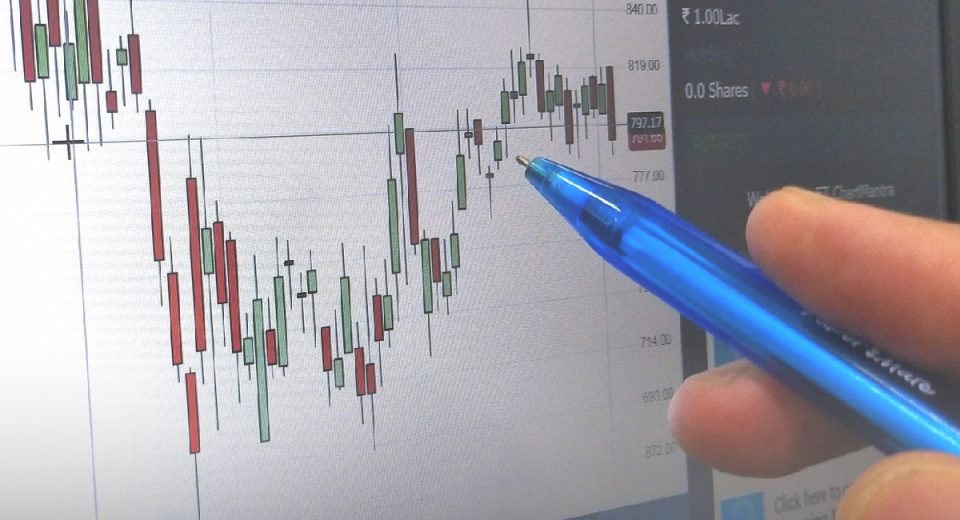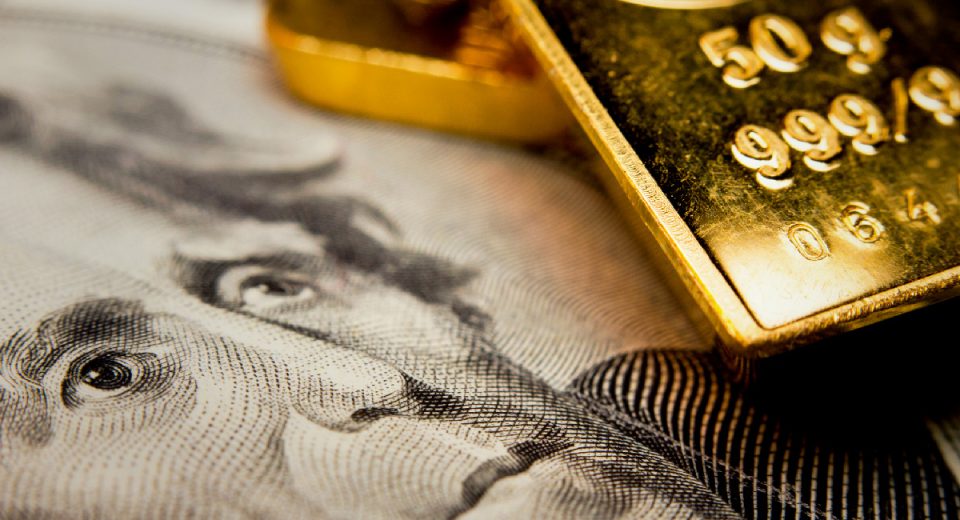The DAX Correlation Strategy

Forex trading as we know is not everyone’s cup of tea. It requires some fundamental knowledge and awareness of technical indicators. Risk management is one of the key ingredients of successful trading and this is where correlation trading comes in. These strategies call for understanding the correlation between currency pairs so as to avoid overtrading. A correlation strategy calls for traders continuing with their trading plan, while taking advantage of correlation trading opportunities as they arise.
The objective of correlation trading in forex is to find currency pairs that are highly correlated and move in the same direction. The correlation between two currency pairs can be confirmed by using the Oanda Correlation chart. This correlation may be between different currency pairs or an index and a currency pair or an index and a specific segment of the economy. Let’s take a look at DAX, the German stock index, and its correlation with various financial instruments.
What is DAX?
Deutscher Aktienindex or DAX is a blue-chip stock market index that comprises 30 major German companies, trading on the Frankfurt Stock Exchange, and is therefore called the DAX30. The index carries similar weight as the Dow Jones in the US and the FT30. There is a full-fledged derivatives market tracking the DAX and these DAX futures and options are offered by the Eurex Exchange, which is a futures exchange specialising in European futures.
The German stock exchange is one of the most active exchanges in the European region, with DAX futures being traded in various forms that include the standard futures contract and the mini-sized DAX futures, priced in euro and later converted to US dollars. Before any trader plans to trade DAX futures, it is advisable to explore the correlations between the DAX and other instruments or indices, to get a better idea of the index’s behaviour.
DAX and its Correlation with Euro and Other Indices
It has been found that generally, the DAX Index has over 90% correlation with the leading US stock indices, and a 70% inverse correlation to the euro. This indicates that when the EUR/USD pair moves up or the value of the euro rises, the DAX Index tends to be weaker; and when the euro falls against the USD, the DAX is stronger. Such correlation data can be used by traders to decide their trading strategy for DAX futures.
Another thing that traders in DAX futures need to remember is that the German index is very responsive to the European Central Bank or ECB policies. Any important events in any of the peripheral countries in the Eurozone are bound to impact the performance of the DAX. By understanding the correlation of DAX with other indices or currencies, a sound trading strategy can be developed.
The correlation strategy allows traders to minimise risk by making informed decisions. The correlation between various currency pairs or indices can be in the range of -1 to +1, where a perfect positive correlation means the two instruments will move in the same direction at the time. Similarly, a perfect negative correlation means that the currency pairs or indices will always move in the opposite direction to each other. And in case the correlation coefficient is zero, the movement between two currency pairs or indices is totally unrelated and random.
Now, while a DAX correlation strategy can prove to be highly useful in managing risk, traders need to remember that correlation only accounts for the directional relationship and not the magnitude of the movement. So, if the euro is declining significantly, the DAX may rise but only modestly. Another important thing to remember while planning a DAX correlation strategy is that the correlations can fade without warning.
Disclaimer
If you liked this educational article please consult our Risk Disclosure Notice before starting to trade. Trading leveraged products involves a high level of risk. You may lose more than your invested capital.




